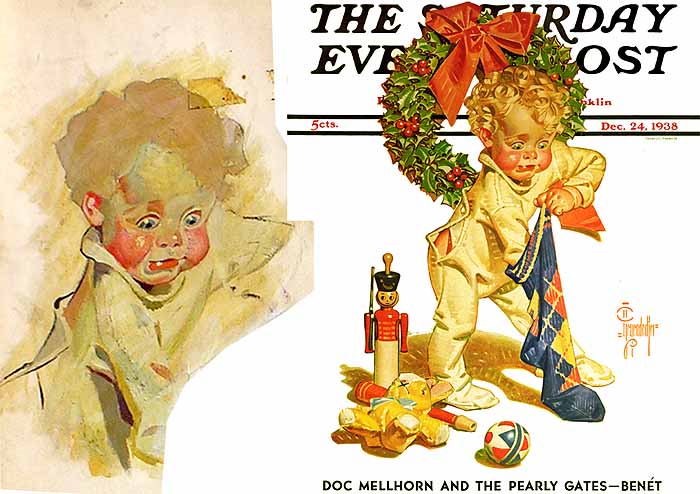This new paper is Canson XL™ Recycled Bristol. It's a 96 lb (260 gsm) stock, is bright white, and according to Canson, is the first recycled two-sided paper (vellum on the front side and smooth on the back).
I've never used a recycled bristol board and my main concerns were the archivability and whether it contained optical brighteners. As a quick explanation, archivability is critical to ensure long-term preservation of paper-based art. It's simply non-negotiable for my work. An acid-free paper will resist yellowing and when properly matted and framed, will remain in great condition and lasts more than a lifetime (and sometimes several).
Optical Brighteners (OB's) are often used in recycled paper to bleach the pulp and make it more pleasing to look at. It's not inherently bad but it can have detrimental long-term effects for artwork because it can change subtly over time, most often dulling unevenly. It's a bigger issue with printer papers but can be found in fine art papers as well.
With these concerns in mind, I sent off an e-mail to Canson hoping someone might be able to answer my questions. I must admit that I had very low expectations that someone might respond. Interactions with other paper suppliers have provided some convincing evidence that their salespeople don't actually know a heck of a lot about paper. Well, I can state definitively that my fears were completely unfounded. I received a a detailed and thoughtful response from Michelle R. She not only answered my questions directly and with clear knowledge of the paper manufacturing process, she went well above and beyond by offering to send a sample of the paper so I could try it out. I was simple stunned.
The First Tests:
I'm happy to report that the paper is even better than I had hoped. I've included a couple of small sketches from each side of the paper. These are 200% enlargements so the grain is much more visible than in person.
First the Smooth (back) Side:
and the Vellum (front) Side, which has a nice tooth for tonal drawings.
I can see applications for both sides of this paper. It is easy to scan, erases well, and is resilient enough to allow you to fine tune details and tones until you get them just right. Dual-sided papers can sometimes be a bit lacking in versatility because the manufacturing process doesn't have the same standards on each side. I would say that Canson has indeed made a truly 2-sided paper with both sides having independent and high-quality surfaces.
It will be interesting to see how the textured side responds to colored pencils. I would imagine it would be a great surface to accept numerous layers and being bright white should make the colors pop off the paper.
Summary
Overall I would praise the XL Recycled Bristol from Canson as a high-quality recycled (30% post consumer materials) paper. It's bright white, erases well, and is very resilient. With being acid free and lacking any added optical brighteners, it is a great choice and earns a Highly Recommended!
 |
| 4 out of 5 Pencils HIGHLY RECOMMENDED |























